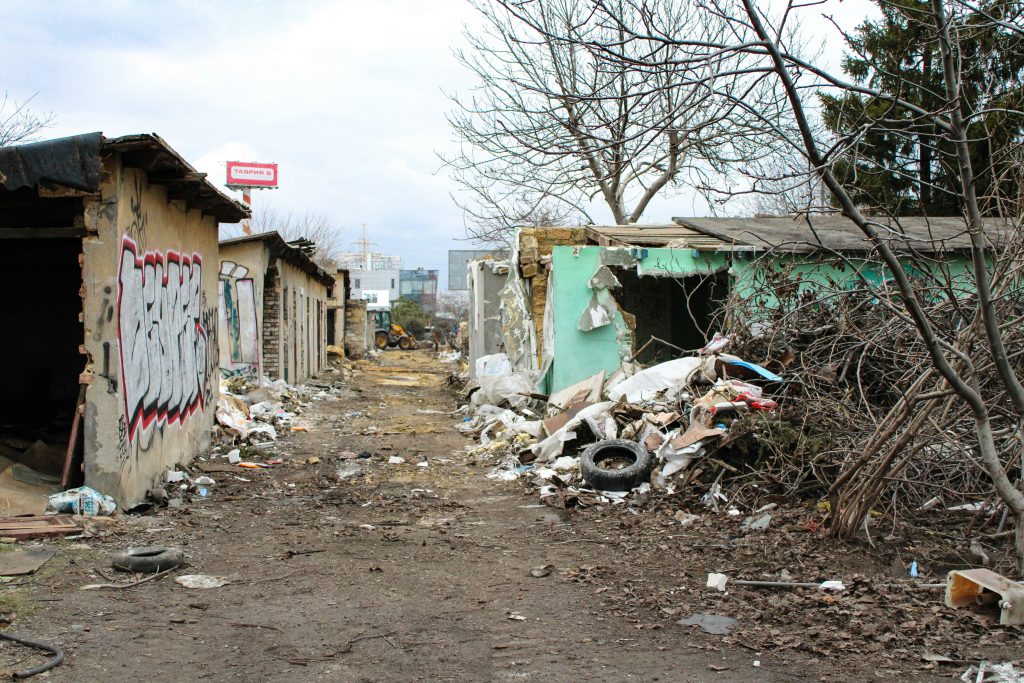
In busy urban neighbourhoods, waste removal is often taken for granted. Bins are filled, trucks come and go, and the cycle continues. What many people do not realize is that a growing number of waste collection activities are being monitored by an invisible layer of oversight. Waste inspections and site audits are quietly shaping how councils and contractors handle waste across Australian cities.
From hard waste removal to large-scale waste treatment, inspections are redefining standards, improving outcomes, and revealing the gaps in the current system. In this article, we explore the little-known world of waste auditing and why it is becoming essential for effective waste removal.
What Is a Waste Inspection?
A waste inspection is a structured process where authorised personnel examine the contents, quantity, and condition of waste collected from households, businesses, or industrial sites. The goal is to identify contamination, track recycling compliance, and assess whether waste is being disposed of properly.
Some inspections happen at the source. Others take place at transfer stations or sorting facilities. In many council areas, contractors are required to conduct random inspections of general waste removal bins to ensure that recyclables are not being sent to landfill.
Why Inspections Matter More Than Ever
Urban waste volumes are rising every year. So is the complexity of what gets thrown away. From e-waste to food scraps to construction debris, the lines between recyclable and landfill material are becoming harder to manage.
This is where inspections become critical. They provide data. They reveal contamination hotspots. They inform education campaigns and shape better sorting habits. In some cases, they even help cities renegotiate contracts with waste removal providers based on actual performance.
Without inspection, waste management becomes guesswork. With it, councils can make informed choices about investment in infrastructure, outreach programs, and local policy changes.
Hard Waste Removal Under the Microscope
Hard waste removal services deal with bulky items that cannot fit in regular bins. This includes furniture, mattresses, whitegoods, and sometimes even scrap timber or broken garden equipment. Most councils allow a set number of collections per year, either by appointment or scheduled pickups.
Inspections in this category are often visual. Crews assess whether items have been correctly separated or whether prohibited materials like chemicals or asbestos are mixed in. In some suburbs, residents leave items out for hard waste that are not allowed, assuming they will be collected anyway. Inspection crews tag these loads and leave notices that guide the residents to proper disposal methods.
These audits have a direct impact on landfill diversion. The cleaner the hard waste stream, the more that can be recycled or repurposed.
Absolute Waste Removal and Zero Tolerance
While the term absolute waste removal might sound like marketing, it refers to services where everything must be cleared with no trace left behind. These are typically requested for events, end-of-lease cleanups, or abandoned sites. The aim is complete removal with no margin for leftover debris.
Inspections in this context are strict. Providers must document the site before and after. Councils or property managers may conduct follow-ups to ensure that all waste has been removed, surfaces cleaned, and hazardous items handled correctly.
This type of waste removal is often contracted privately and has higher environmental and liability stakes. Any mishandled materials could lead to legal or financial consequences. Regular audits help maintain accountability in this high-risk category.
General Waste and the Problem of Contamination
General waste removal includes everything that does not fall into recycling, green waste, or hazardous waste. It is what most households put in their red lid bins. However, contamination in this stream is a growing issue.
Plastic containers with food residue, glass bottles, and even lithium batteries are commonly found in general waste bins. These items not only reduce recycling rates but can also pose fire risks or environmental damage if not handled correctly.
Inspections help councils identify trends and respond quickly. If one neighborhood consistently puts recyclables in general waste, targeted campaigns or warning letters may follow. The data from inspections also helps plan new bin configurations or community waste education programs.
Integrating Inspection into Waste Treatment
Waste treatment is the process of handling waste once it is collected. This includes sorting, recycling, composting, or disposal. Inspections play a role here too. Waste treatment facilities use sampling and audits to check for contamination, assess recycling recovery rates, and improve sorting line efficiency.
Some facilities partner directly with councils to generate reports that show how well the community is doing. These insights influence funding, technology upgrades, and even which contractors win service tenders.
In high-performing suburbs, inspection-backed data is often shared publicly to promote a sense of achievement and encourage better habits.
How You Can Help Improve Waste Removal
You do not need to be a council worker to make an impact. Here are some simple ways to help improve waste removal outcomes in your area:
- Always follow local bin guidelines
- Clean recyclables before tossing them
- Book hard waste pickups instead of dumping illegally
- Label your bins if you live in a shared complex
- Separate batteries and e-waste for dedicated drop-off
Being mindful of your waste stream helps reduce inspection failures and supports better outcomes across the board.
Conclusion
Inspections may not be the most visible part of the waste cycle, but they are among the most powerful. From absolute waste removal on commercial sites to day-to-day general waste removal, audits keep the system honest, efficient, and environmentally sound. As Australian cities grow and waste volumes increase, inspections will continue to shape the future of waste removal. By understanding their role and value, we can all participate more effectively in the system and move toward cleaner, smarter urban living.







